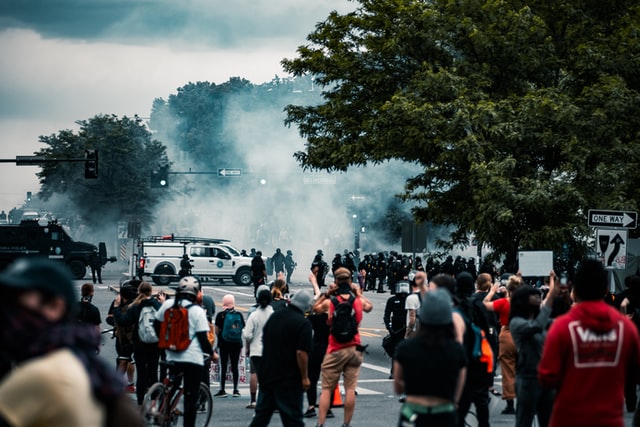Since the invention of photography, documentary photography has always been present among these types of photography that spontaneously, arise naturally with the objective of this type of art, capture and capture the surrounding reality .
The powerful, dynamic reality, with its contradictions, has always been revealed before the eyes of those who wish to register it as a great document of life . The mode of subsistence of a country, its culture and its people, working conditions, social problems, the displaced, have always been the subject of interest for artists who fragment and expose reality in a photograph .
In this article we will theoretically know everything about documentary photography, its origin, definition, background and everything you should consider to start with this type of photography as a professional photographer .
What is documentary photography?
Documentary Photography is a genre or category that aims to record scenes that speak of a specific social reality. It is a testimonial photograph of forms of life. They are images that tell stories presenting them as a visual testimony of the modus vivendi of social and ethnic groups.
The record of reality, often as a means of reporting, speaks of a situation that seeks to awaken the collective conscience about social problems. This way of approaching the photographic work starts from conceiving the trade from a perspective more of social content where the formal is subject to the message and complements it.
Photography as art is not the end but the means to transmit a message that raises the voice about the vital problems of society , put them on the mat to change the way of perceiving reality and therefore promote its transformation.
In this way the photographer captures reality , extracts it as a document objectively, without arranging the scene or manipulating the images. Certainly part of a choice where the subjectivity of the author prevails, his concerns, his curiosity and questions to social phenomena that disturb him. The treatment conferred by the author is based on personal impulse.
It is an entity that gets involved, identifies itself and is diluted with the environment as an occasional witness of a reality that will continue to exist even when it would no longer be there to record it. Without falling into yellowishness documentary photography exposes a situation , even denouncing it, sometimes crudely, with a variety of social issues and its protagonists: poverty, abandoned childhood, war, worker exploitation in factories, etc.
The content, the message, the story prevail, importing the aesthetic over the artistic values of the photography . There are no pre-established conceptions about the arrangement of the image. The photographer motivated by the narrative and awareness power that a graphic has, takes captures that he gathers and exhibits together for your appreciation. Delve into the causes and consequences of a situation. This allows the subject matter to be fully exposed, under all perspectives, with several photos unified in a series.
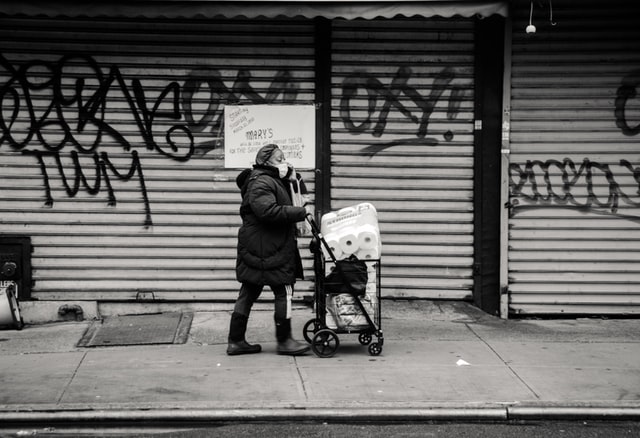
Origin of the documentary photography
At the end of the 19th century, photography with great social content erupted . There were advances that allowed this art to evolve in order to portray the reality of the street, of the spaces where people who work coexist. The cameras became more practical for their transfer, the metal plates (daguerreotype) were replaced by printing paper in addition to improving the flash.
With the Bolshevik Revolution and the emergence of the proletariat as a social class, the themes to be portrayed at the beginning of the 20th century were imposed: the working day, exploitation in factories, worker’s working conditions. The art of photography acquires a utilitarian value until it has a vindictive function. The photographer feels politically and socially committed to the reality that he portrays based on the ideas that prevailed at the beginning of the century.
This concept is later abandoned to incorporate more social content issues, denouncing the horrors of war, racial discrimination and environmental pollution, among others.
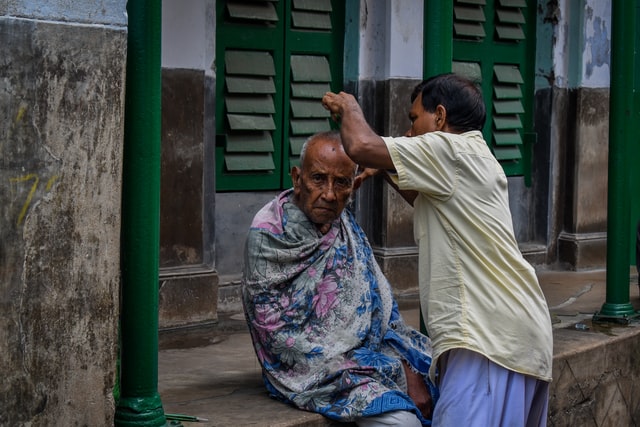
Aspects to consider for the realization of a series of Documentary Photography
Research
Since documentary photographic work is mainly content, it deserves a preliminary investigation and pre-production phase. The photographer, possessed of the commitment he has with certain causes, defines a theme. Review the sources and antecedents of previous photographic works to have an expanded vision of it and fix the relevance of the problem that will be addressed with care.
Try to formulate the questions that will be answered with each of the series of photographs to spin the story told: What? Why? Who or who? When? Where? How? Identify the social contexts defined by the topic and then create a road map. It establishes the material and financial resources that you have in addition to the time it will take to comply with it.
The documentary maker must always be up-to-date with the different current affairs. Read news, opinion articles and the latest works of renowned photographers. This preliminary assessment will allow to contrast the different works exhibited, the coincidences with the subject matter to be worked on and set the novel approach of their work which will seek to generate impact.
Empathy
If you are one of those who are attracted to taking this type of photography, you should bear in mind that the artist must be diluted in the context with respect, without making judgments or evaluating the reality that it portrays because it will distort the work . Understanding her and metamorphosing to empathize with her is her premise. Making value judgments eliminates the objectivity required to accurately capture what is observed . Understand and appreciate the forms of behavior that may be alien to you and adopt the rules as much as possible while remaining in the workspace.
Know the context
Likewise, you must develop great skills to socialize with subjects. Your task will be to exploit your ability to approach people, create a climate of trust with people who do not know you before using your camera . This will give a great meaning and identification to your graphics that will overwhelm the images with great power of narration.
Be discreet
Once this first phase has been completed, then you can jump into the ring with the production and start photographing. It starts with a general screenshot of the site. Captures scenes of the subjects in natural coexistence with their space, their daily tasks, their relationship systems, their culture. Your camera will be the medium that will eternalize your connection with the stories told but, whenever possible, try not to intervene or accommodate situations , going unnoticed to record with great veracity all the reality revealed.
Don’t invade spaces and try to arm yourself with a telephoto lens to capture shots without someone noticing your presence. The great documentary makers are committed to their themes, who may spend months and even years to complete them. They merit a deep process of reflection and review of the work. They are not tourists of the image, they are birds of passage that nest to know the reality deeply and expose a work with great solidity and honesty.
Remember the photographic equipment
Regarding the type of lens, you should opt for a normal lens and a wide-angle lens with an aperture that allows capturing in low light, taking advantage of natural light and without flash since the flash makes you very noticeable. Work in manual mode, making adjustments periodically will make you miss important situations. Develop your skills for fast camera manipulation and capture speed .
Always remember that the environment will be in constant motion , therefore you must be agile and precise with the camera, so you will not lose detail and you can capture the essence of what is happening before your eyes. You should try to go unnoticed while doing your work, especially if you move in unsafe spaces, so you must have a telezoom or telephoto lens in case the site is dangerous for you.
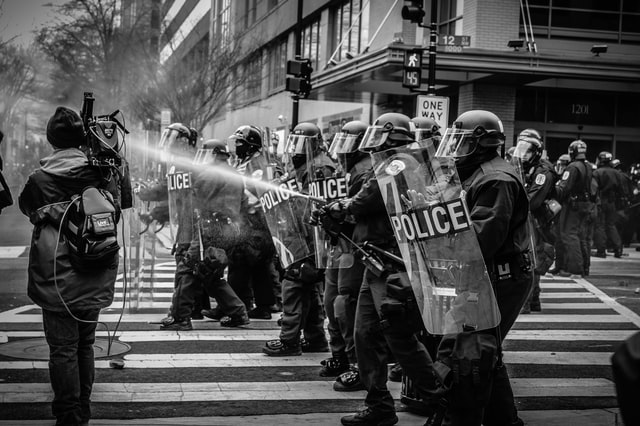
There are cameras that have integrated the three types of lenses in case you prefer light luggage . It is also important that you consider presenting your photographs in a black and white format, giving it more drama and at the same time a vintage air. Take advantage of the possibilities offered by the documentary genre in the technical, narrative and aesthetic aspects to achieve a work that transcends, that is a protagonist part of what history takes as a resource to illustrate the great events.
Diversify shots
Take as long as possible. Take the time you need without haste, varying the different angles and frames. It is worth capturing any situation that can add value to your story. This will give you more material to choose from in the post-production phase knowing that most of the time it is difficult to return to the site for a few more graphics.
Improve your art with edition
In the editing and post-production phase we are presented with a core problem when faced with thousands of graphics: What to select? It is not easy to choose a few that are the ones that will make up the series. It is difficult to put aside thousands of them, especially when you have developed a full identification with the subject objects of your story. Editing as a word is perhaps delicate in a documentary photographic work because it can suggest the manipulation of scenes where the artist’s narrative creativity prevails over fidelity and attachment to reality.
You can make adjustments to brightness, color, light, go to black and white format to highlight certain aspects but not modify frames or cut angles. Have on hand the best editing program to carry out this image treatment job. Finally, specify your work with a good title for the series. We know that an image speaks louder than a thousand words, but the title rounds off the premise that will synthesize your proposal.
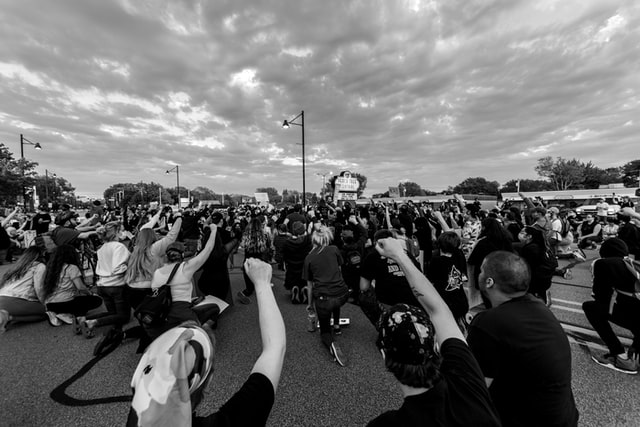
Photojournalism
Photojournalism falls into the category of documentary photography as a subgenre – Camerapixo press membership. It consists of capturing through the image the immediacy of a news event. Its objective is to narrate local and international events, registering their relevance as a news event without delving into the message, causes or consequences.
There are many issues addressed by photojournalism . Photojournalists capture news events related to sports, politics, war, demonstrations, protests, science and technology. Photojournalism exploits the immediacy and impact generated by an image after the news item.
If you are a photographer with great social sensitivity then there is nothing more to say than In documentary photography you have an unsuspected world of possibilities that will give you the opportunity to express yourself with a committed art.

